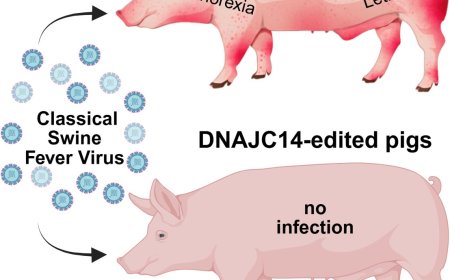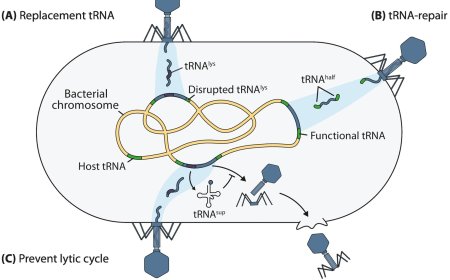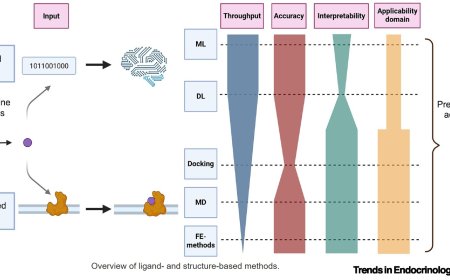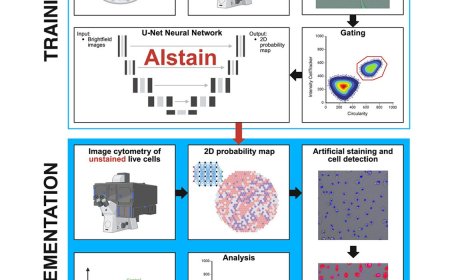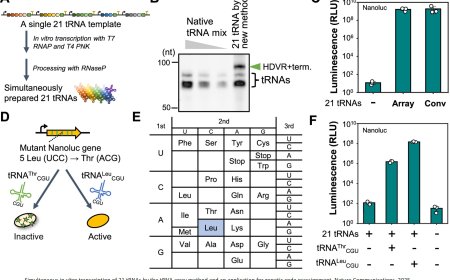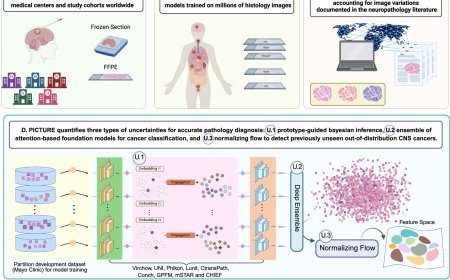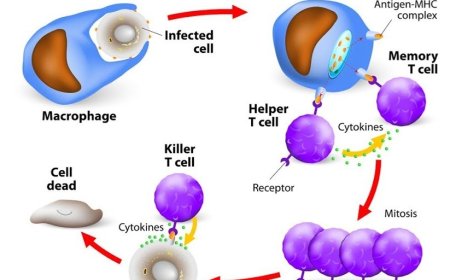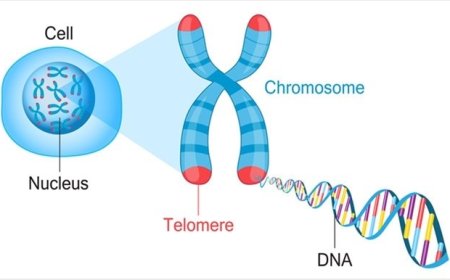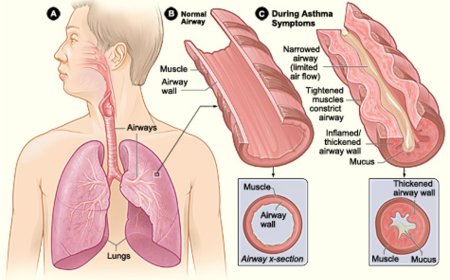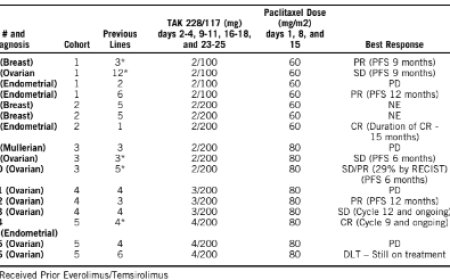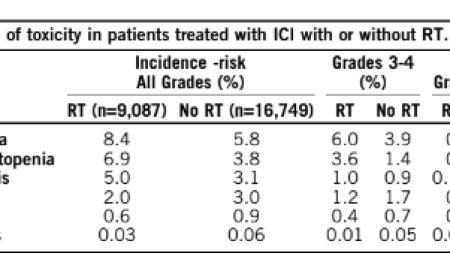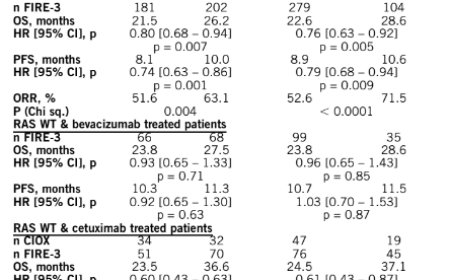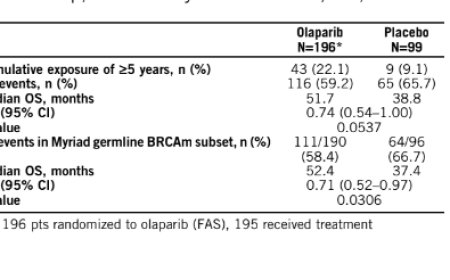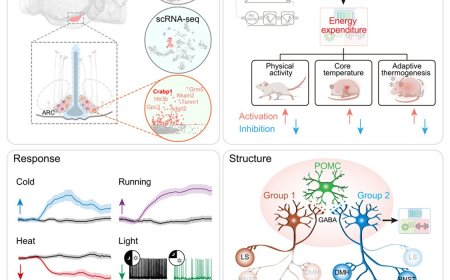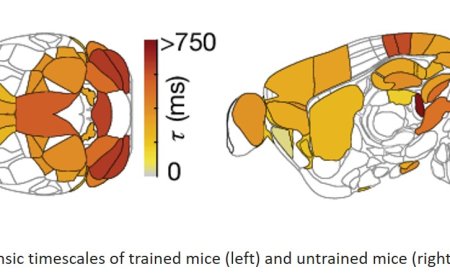Disruption of BBB in neurodegeneration by endothelial TDP-43 depletion
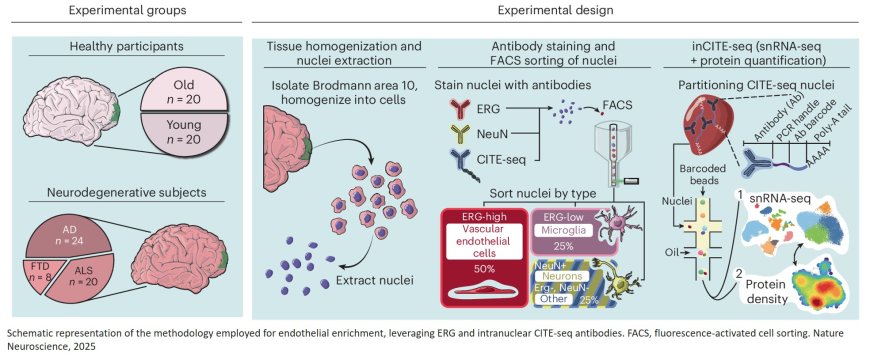
In Nature Neuroscience, researchers have revealed a new scientific clue that could unlock the key cellular pathway leading to devastating neurodegenerative diseases like Alzheimer’s disease, and the progressive damage to the brain’s frontal and temporal lobes in frontotemporal degeneration (FTD) and the associated disease amyotrophic lateral sclerosis (ALS).
This work provides a novel and significant exploration of how vascular dysfunction contributes to neurodegenerative diseases. While clinical evidence has long suggested that blood-brain barrier (BBB) dysfunction plays a role in neurodegeneration, the specific contribution of endothelial cells remained unclear. The BBB serves as a critical protective barrier, shielding the brain from circulating factors that could cause inflammation and dysfunction. Though multiple cell types contribute to its function, endothelial cells—the inner lining of blood vessels—are its principal component.
“It is often said in the field that ‘we are only as old as our arteries’. Across diseases we are learning the importance of the endothelium. I had no doubt the same would be true in neurodegeneration, but seeing what these cells were doing was a critical first step,” says the senior author.
The team tackled a key challenge: endothelial cells are rare and difficult to isolate from tissues, making it even harder to analyze the molecular pathways involved in neurodegeneration.
To overcome this, they developed an innovative approach to enrich these cells from frozen tissues stored in a large NIH-sponsored biobank. They then applied inCITE-seq, a cutting-edge method that enables direct measurement of protein-level signaling responses in single cells—marking its first-ever use in human tissues.
This breakthrough led to a striking discovery: endothelial cells from three different neurodegenerative diseases—Alzheimer’s disease (AD), amyotrophic lateral sclerosis (ALS), and frontotemporal dementia (FTD)—shared fundamental similarities that set them apart from the endothelium in healthy aging. A key finding was the depletion of TDP-43, an RNA-binding protein genetically linked to ALS-FTD and commonly disrupted in AD. Until now, research has focused primarily on neurons, but this study highlights a previously unrecognized dysfunction in endothelial cells.
These capillaries exhibit reduced nuclear β-catenin and β-catenin-downstream genes, along with elevated TNF/NF-κB markers. Notably, these transcriptional changes correlate with the loss of nuclear TDP-43 also depleted in neuronal nuclei. TDP-43 disruption in human and mouse ECs replicates these alterations, suggesting that TDP-43 deficiency in ECs is an important factor contributing to blood–brain barrier breakdown in neurodegenerative diseases.
“It’s easy to think of blood vessels as passive pipelines, but our findings challenge that view,” says the lead author. “Across multiple neurodegenerative diseases, we see strikingly similar vascular changes, suggesting that the vasculature isn’t just collateral damage—it’s actively shaping disease progression. Recognizing these commonalities opens the door to new therapeutic possibilities that target the vasculature itself.”
The research team believes this newly identified subset of endothelial cells could provide a roadmap to targeting this endothelial disfunction to stave off disease, and also to develop new biomarkers from the blood of patients with disease.
https://www.nature.com/articles/s41593-025-01914-5
https://sciencemission.com/Endothelial-TDP-43-depletion-disrupts-BBB

